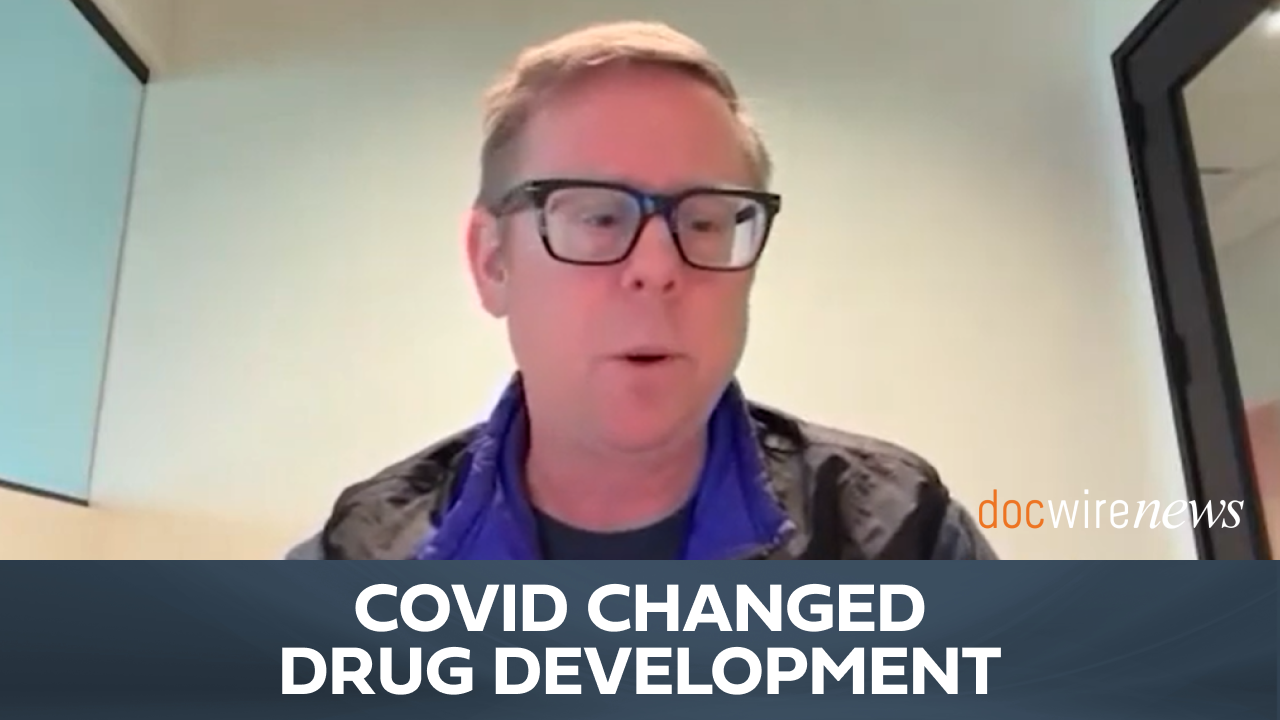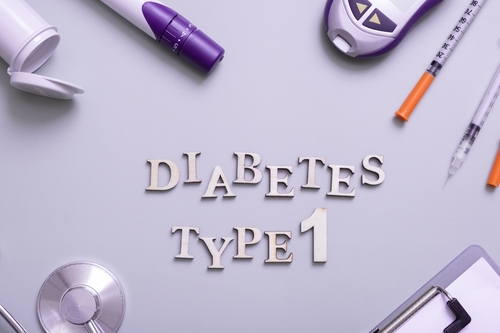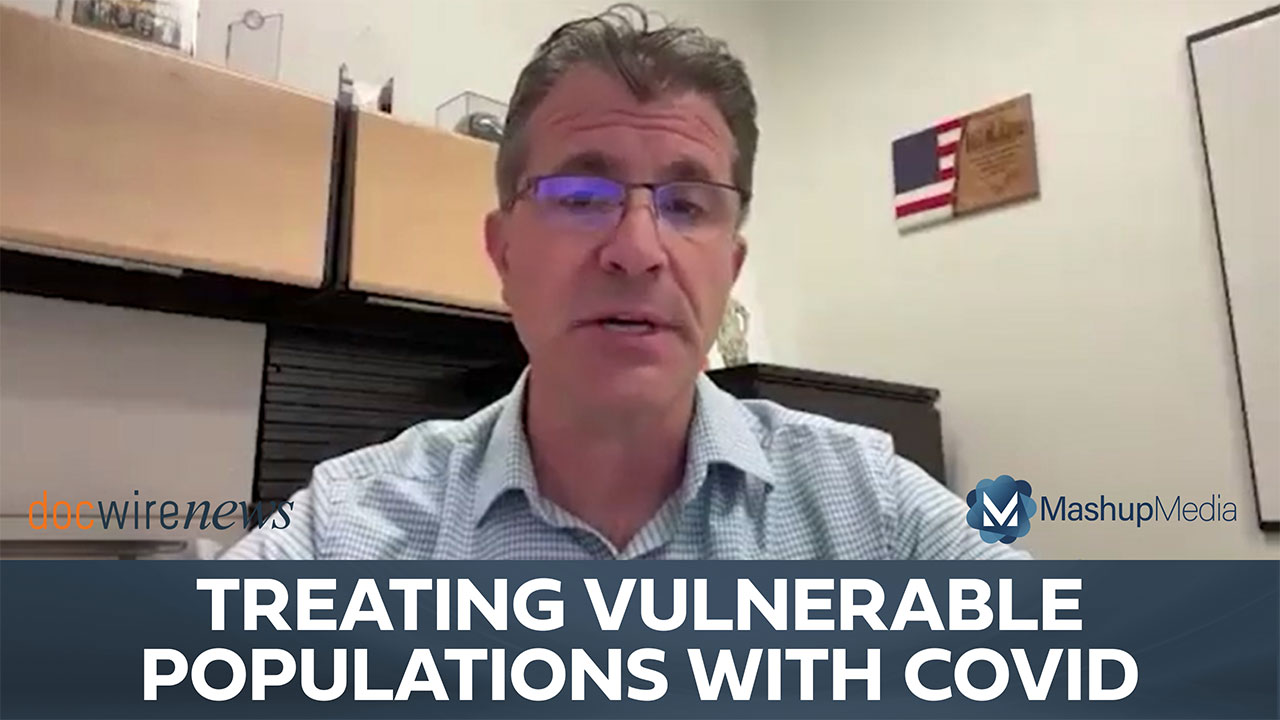
COVID-19 has presented significant challenges to the medical community—converting operations to telemedicine, refocusing efforts on COVID-19-related tasks, and learning how to navigate a new illness while learning on the fly. Researchers are scrambling to learn as much as possible about COVID-19 and put out good, useful, factual data; however, with the rapid spread of information inevitably comes the rapid spread of misinformation. Rheumatic patients face a particular set of challenges: Are they at a greater risk for COVID-19-related complications? When will the medication shortages stop? These are also questions plaguing rheumatologists.
DocWire News interviewed Michael Putman, MD, Assistant Professor, Medical College of Wisconsin and medical advisor to CreakyJoints®, and Lauren Gelman, MS, Director, Editorial Services, CreakyJoints and the Global Healthy Living Foundation, to discuss a recent paper highlighting the unique difficulties the pandemic has placed on rheumatologists and their patients.
- What prompted you to undertake this study?
Dr. Putman: Both patients and physicians have been eager to obtain relevant, accessible, credible, and trustworthy information about COVID-19. We had an opportunity to share our approach to obtaining such information while simultaneously highlighting concerns about the COVID-19 literature.
Lauren Gelman: The Global Healthy Living Foundation, which provides education, support, advocacy, and research for patients living with chronic illnesses, was eager to provide the patient perspective in this study. From the very beginning of the pandemic, our organization has been monitoring, fielding, and addressing patients’ concerns about how COVID-19 may impact their rheumatic and comorbid conditions. There have been, and continue to be, so many questions. It’s critical that rheumatology health care professionals be aware of the challenges that patients are facing when it comes to accessing credible and relevant information about COVID-19 (and how it affects rheumatic conditions) so they can readily address them and help dispel any misconceptions that patients may have.
- What are the key takeaways from the study?
Dr. Putman: There are important limitations to the COVID-19 literature, which have negatively impacted both patients with rheumatic diseases and physicians who care for them. We suggest developing a system and screening studies using principles that we highlight in the paper.
Lauren Gelman: It’s important for health care professionals to realize that much of what is readily available to read about COVID-19 on the internet doesn’t feel relevant to people living with rheumatic conditions and their comorbidities. Patients have struggled with understanding the degree to which their health issues and medications affect their risk of contracting COVID-19 or its complications. Rheumatology health care professionals can help point patients to trustworthy and relevant resources from patient advocacy/research organizations, which speak to the subjects that patients with chronic rheumatic conditions are most craving information about.
- Did any of the study’s findings surprise you?
Dr. Putman: The sheer volume of information—though anticipated—was shocking to me. Over 50,000 COVID-19 publications (medical literature alone, not including the lay press) will have been published. Nobody can read that much information.
Lauren Gelman: It’s reassuring for patients that doctors are working so furiously to keep up with the proliferation of medical literature for the sake of educating their patients. Patients are making critically important life decisions—such as whether they feel safe sending children to reopening schools or whether they feel safe going back to work—often based on what they see on the news or read online. Physicians can play a vital role counseling patients about how to think through these decisions. Their being able to stay on top of the latest research as well as the big picture of overall COVID research—and being able to explain which headline-grabbing studies may be flawed or more nuanced than patients realize—may be an important part of facilitating those discussions.
- Can you elaborate on the COVID-19 literature limitations? (methodologic limitations, “pandemic research exceptionalism,” and misinformation due to expedited review)?
Michael Putman: Advancing knowledge in medicine requires rigorous application of appropriate methodology, but many of those 50,000 (rheumatology specific) papers did not do this. Issues include:
- Flawed, observational studies have been inappropriately designed then overhyped.
- Sensationalistic headlines, which are not supported by data, have been promulgated by both conventional and social media.
- Adequate study designs—i.e., well-designed cohort studies and randomized controlled trials—have been inadequately employed.
- Can you provide any examples of the spread of misinformation pertaining to rheumatic patients? What are some of the consequences of this?
Dr. Putman: The story of hydroxychloroquine readily highlights how (the spread of misinformation) has occurred. A flawed study initially suggested that it could be beneficial. The news media, politicians, and social media took the story and ran with it. Patients started to take hydroxychloroquine off label, irresponsible physicians prescribed it for their friends, and shortages cropped up around the world. Patients with rheumatic diseases, for whom this may be a lifesaving medication, started to run out. Well-designed observational studies emerged, which suggested that there was no benefit whatsoever and, simultaneously, a research group by Mehra et al., published an explosive paper that actually suggested hydroxychloroquine was harmful. Their data was ultimately not verifiable and ultimately had to be retracted. This, in turn, fueled unnecessary fears that hydroxychloroquine was dangerous, which again harmed patients.
Lauren Gelman: Another example related to hydroxychloroquine is when public officials, such as President Trump, implied that lupus patients who take hydroxychloroquine were protected from getting coronavirus, which of course is not supported by the latest evidence and could make patients on these therapies believe they are “safer” from coronavirus than they are.
It’s also important to recognize that it’s not just misinformation, but a lack of available information, that has had negative consequences on the rheumatic patient community earlier in the pandemic. At the start of the pandemic before data on rheumatology cases began to be widely collected and analyzed, many patients had questions about the degree to which their disease-modifying medications made them immunocompromised. Some preemptively stopped taking their medications out of fear they would increase their risk for coronavirus infection. Many unfortunately experienced debilitating disease flares as a result. As organizations like the American College of Rheumatology issued guidance about therapies for rheumatic disease, it was up to patient organizations to quickly disseminate this messaging to ensure patients could have informed conversations with their providers about it.
- What adverse outcomes, if any, have been identified due to medication shortages?
Lauren Gelman: We heard from dozens of patients this spring who lost access or had to jump through hoops to get access to hydroxychloroquine, costing them time, money, and undue stress. You can read some of these cases here.
- What recommendations do you have for rheumatologists and researchers?
Dr. Putman: Rheumatologists should use the methodology we describe in the paper to identify good COVID-19 resources. Share these with your patients!
Lauren Gelman: We recommend that rheumatologists realize that your patients may not be aware of the latest studies about how COVID-19 is impacting rheumatic conditions and you, as their health care provider, can provide valuable information and context about the latest research and what it may mean for them.
On a related note, we hear from many rheumatic disease patients who feel like their friends and family don’t fully understand their concerns as a potentially higher-risk person and feel isolated, lonely, and left behind as things reopen. Connecting these folks with patient groups like CreakyJoints and others can help them find a community to forge connections with likeminded people.
- What effect do you predict this will have on rheumatic research after the pandemic is over?
Dr. Putman: It is hard to say at this point. I suspect there will be lasting damage to the credibility of the research establishment, which may inadvertently harm future projects. At the same time, there has been a heightened atmosphere of collaboration, which could be beneficial.
Lauren Gelman: Our organization will continue to encourage and support well-designed rheumatology research and, then, disseminate findings to educate our audience. We’ll also plan to share results from our ongoing, longitudinal study, called the Arthritis and Rheumatic Disease COVID-19 Project, part of the Autoimmune COVID-19 Project, which is tracking the evolving impact of COVID-19 on patients living with arthritis, multiple sclerosis, Crohn’s and colitis, and vasculitis and will track these conditions. This study is being conducted in ArthritisPower in both English and Spanish and already has over 20,000 participants.







 © 2025 Mashup Media, LLC, a Formedics Property. All Rights Reserved.
© 2025 Mashup Media, LLC, a Formedics Property. All Rights Reserved.